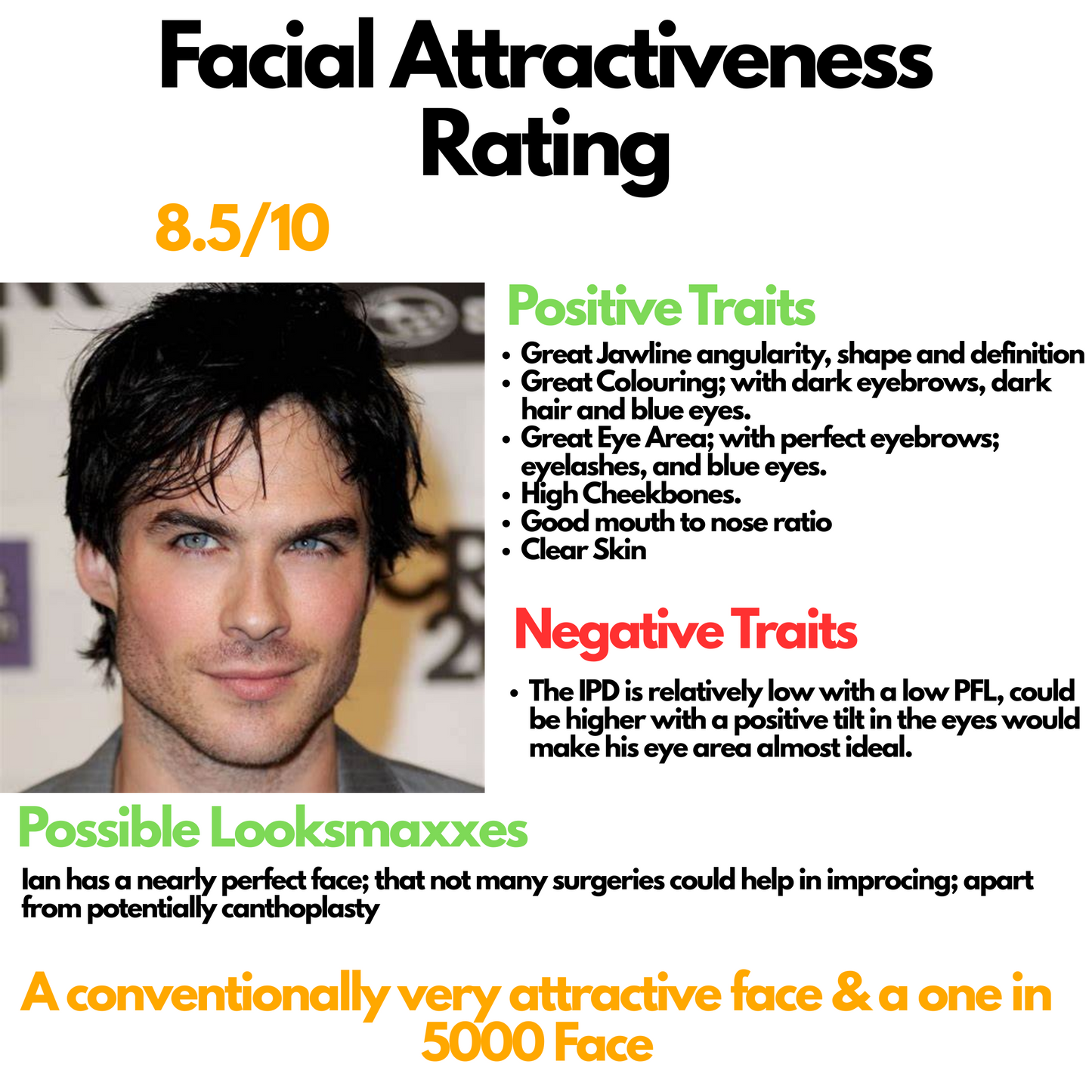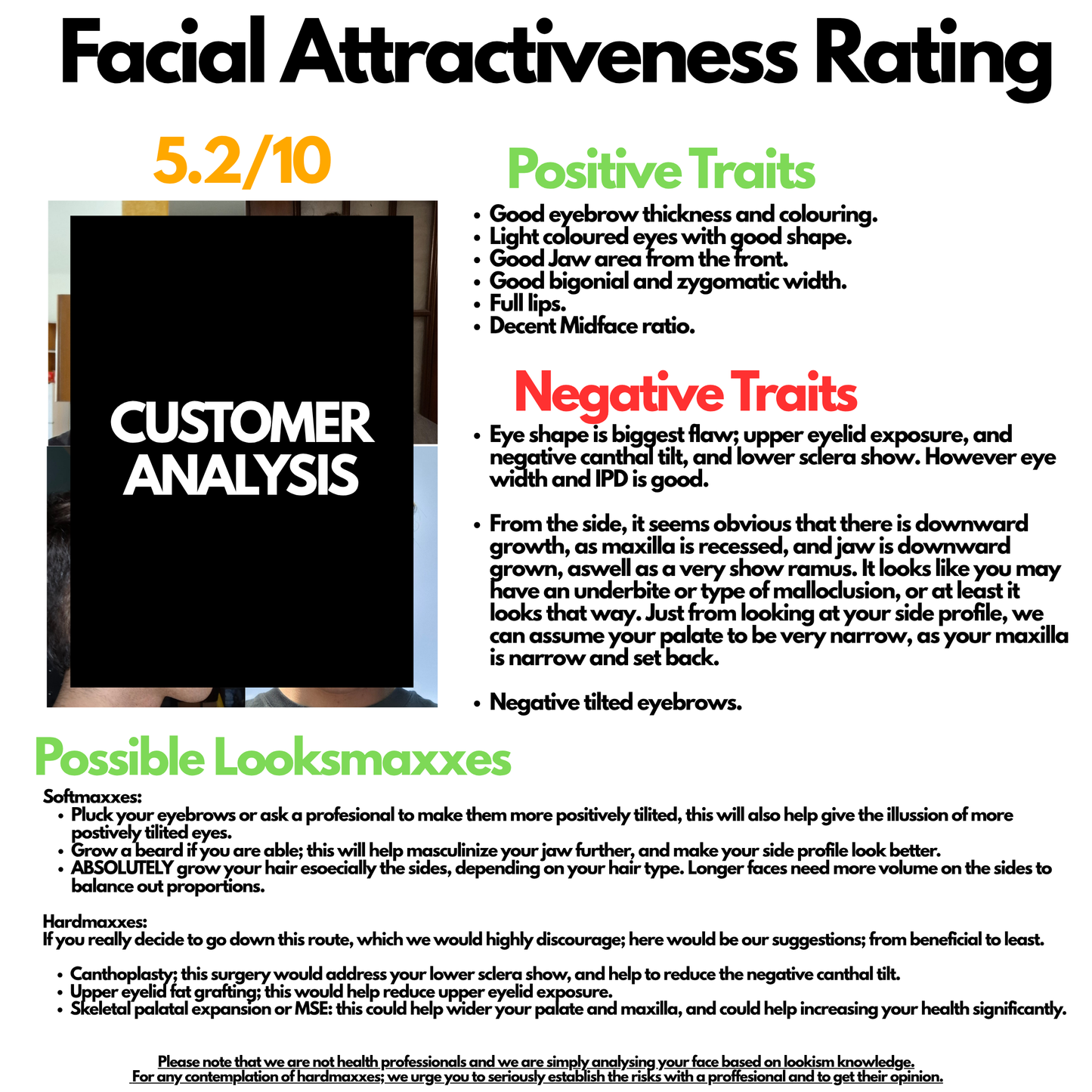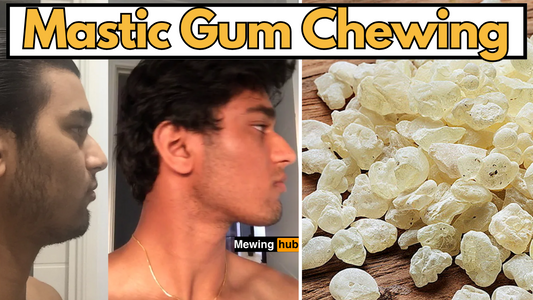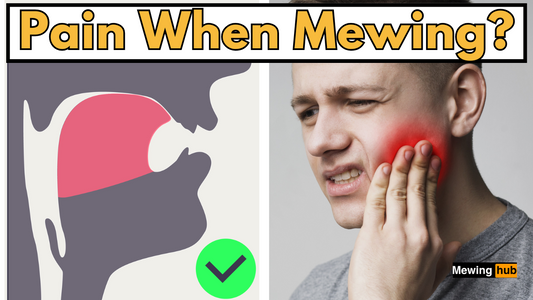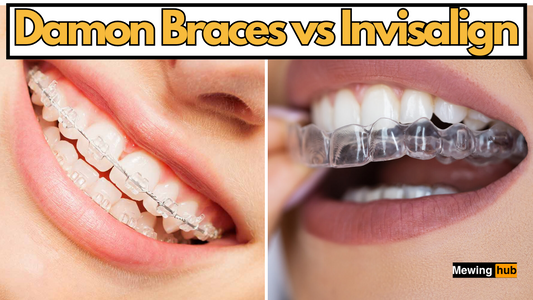Achieving Mewing Results While Asleep: Mastering the Art of Nighttime Mewing

Share
From chiseling your jawline to enhancing your facial profile and addressing asymmetry, the transformative benefits of mewing are vast.
But can you actively mew while you're in the embrace of sleep?

Is It Possible to Mew While Sleeping?
While mewing during slumber may seem challenging, it's entirely feasible. Achieving optimal results involves paying attention to your lip position since maintaining active tongue pressure against the palate is not possible while unconscious.
So, how do you mew effectively during sleep?
The Principles of Mewing Technique
To understand nighttime mewing, it's crucial to revisit the key principles of correct mewing technique:
- Proper Tongue Placement: The tongue should rest against the roof of the mouth, avoiding pressure on the front teeth.
- Resting Teeth Position: Teeth should be lightly touching without clenching, grinding, or forceful contact.
- Sealed Lips: Lips should be closed without any strain.
Mewing While Asleep: The Answer is Yes!
Maintaining the right oral posture during sleep is achievable, albeit with some variations among individuals. Muscles relax during sleep, potentially complicating the preservation of an ideal mewing position. However, the focus shifts to the position of your lips, a crucial element in nighttime mewing.
Why Mew While Sleeping? Is It Essential?
You might wonder, "Why mew at night when I'm already doing it during the day?" The answer lies in promoting consistent pressure on your bones, facilitating bone remodeling—a key factor in achieving impressive mewing results.
Extended mewing, even during sleep, contributes significantly to positive outcomes. Mewing during sleep isn't solely about palate pressure; it involves maintaining the right tongue posture, averting mouth breathing, and reaping additional health benefits.
Research indicates a correlation between mouth breathing and sleep apnea, making nighttime mewing a potential solution.
Challenges in Mewing While Sleeping
Mewing during sleep may pose challenges, especially for beginners. Muscular relaxation during sleep and potential narrow palate issues can hinder effective mewing. Overcoming these challenges requires consistent daytime mewing and, if needed, considering a palate expander.
How to Mew While Sleeping: 5 Practical Tips
1. Daytime Consistency:
Maintain a consistent mewing routine during the day to establish proper oral posture, preventing unintentional mouth breathing at night. Consistency during the day helps set a habit that carries over into sleep.
2. Focus on Lip Seal:
Prioritize lip positioning before sleep, consciously ensuring your lips remain sealed. This simple habit minimizes the likelihood of nocturnal mouth breathing. A proper lip seal keeps the mouth closed, promoting nasal breathing and maintaining the benefits of mewing.
3. Lip Stretching and Strengthening:
Combat sleep apnea concerns with lip stretching exercises. Stretch your lips downward for 10-20 seconds, combining it with strengthening exercises like holding a toothpick with pursed lips for a minute.
These exercises enhance muscle tone around the lips, supporting a closed mouth posture during sleep.
4. Mouth Tapes as a Tool: 
Employ mouth tapes to discourage mouth breathing during sleep. Apply petroleum jelly to prevent skin irritation and place surgical tape over your closed mouth.
Mouth tapes ensure your mouth stays closed, promoting nasal breathing and consistent mewing benefits.
5. Optimal Sleeping Position:
Sleep on your side to enhance tongue posture. Regularly switching sides prevents potential facial asymmetry caused by prolonged pressure on one side. Side sleeping supports better tongue posture and overall alignment, reinforcing the benefits of mewing.
Advanced Tips for Nighttime Mewing
1. Hydration and Nutrition:
Maintaining proper hydration and nutrition supports overall muscle function and can improve the effectiveness of mewing. A well-hydrated body helps in muscle recovery and function, which includes the tongue and other oral muscles.
2. Stress Management:
Stress can lead to teeth grinding or clenching during sleep, counteracting mewing efforts. Implement stress-reduction techniques such as meditation, deep breathing exercises, or yoga to promote relaxation before bedtime.
3. Regular Monitoring:
Keep track of your progress with regular check-ins. Use a mirror to ensure your daytime mewing posture is correct and take note of any improvements in your facial structure. Documenting changes can help you stay motivated and adjust your techniques as needed.
4. Professional Guidance:
Consider consulting with a dentist or orthodontist familiar with mewing techniques. Professional guidance can provide personalized advice and ensure you are practicing correctly to avoid any potential issues.
5. Invest in a Mewing Appliance:
Prevent Mouth Breathing & Encourage Mewing in your Sleep !
🌟 Transform Your Smile & Bite
🌟Learn To Properly Mew
🌟Mew in your sleep
Conclusion - Mastering Nighttime Mewing
Embracing mewing as a holistic practice, including nighttime efforts, unlocks its full potential. While challenges may arise, persistent effort can lead to improved tongue posture, enhanced facial aesthetics, and overall health benefits.
By integrating these practical tips and maintaining a disciplined approach, you can achieve optimal mewing results even while asleep.
Remember, consistency and proper technique are key to maximizing the benefits of mewing, ensuring that you wake up with a more defined jawline and improved facial structure.








